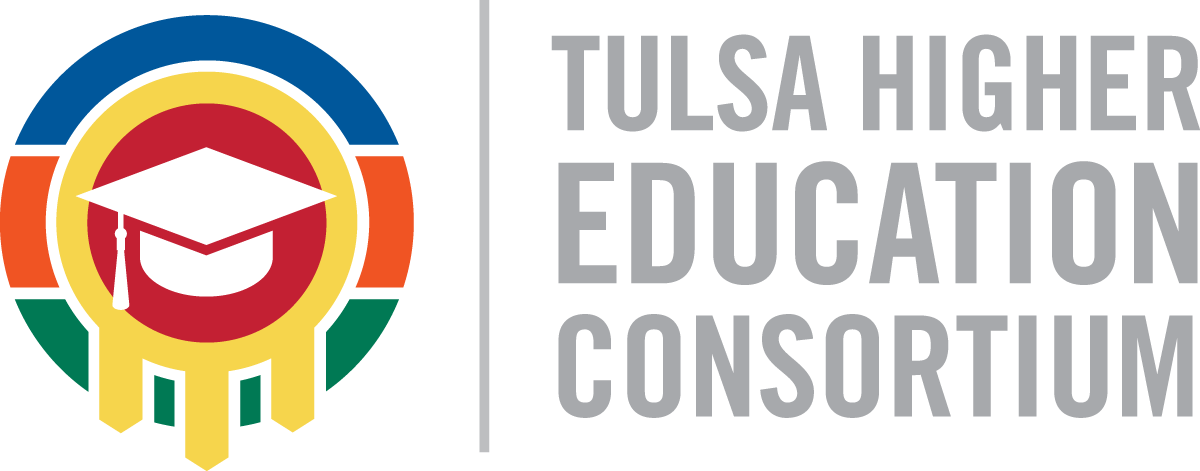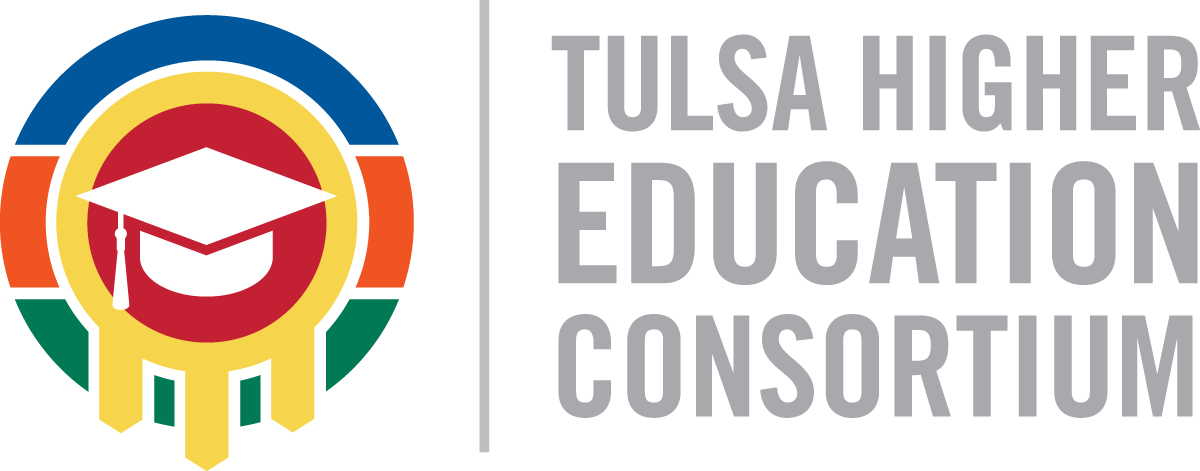Is a Flat Tire Preventing College Students from Graduation?
Strategies for assisting students with unexpected barriers and emergency aid

By Kassey Steele
Kassey is a Doctoral Student at Baker University and Director of Tutoring at Tulsa Community College. She also serves as a Postsecondary Intern for the Tulsa Higher Education Consortium.
I met Sean* three weeks after the financial aid disbursement date. Sean took a 2.5-hour bus route to campus for two reasons; to drop his classes and take toilet paper from the bathroom stall. Sean was laid off during the pandemic and recently landed a great job. Sean’s car, however, needed new tires, and he was unable to pay the $350 to get them fixed. Sean’s job wasn’t within walking, bus, or cycling distance from his apartment, and his boss gave him three days to arrange transportation, or his employment would be terminated. Sean’s advisor brought him to my office, and we assisted him with food insecurity resources. Sean was able to pick up non-perishable food items, fresh produce, and, you guessed it, a large enough pack of toilet paper to get his family through the week. Sean also qualified for an emergency aid loan and received a check within 48 hours. Lastly, Sean was given Lyft coupons for transportation. Sean did not drop his classes that day, and he no longer had to choose between furthering his education and feeding his family. Sean is a success story. Our systems worked for him. I love sharing the story of Sean, but my heart also aches, thinking of the “Sean’s” that have fallen through the cracks.
Lumina-Gallup recently published The State of Higher Education study, which consulted students on their perceived higher education enrollment and completion risks. More than three-quarters of four-year undergraduate students and two-thirds of associate degree students (up from 24% in 2020) stated they considered dropping out of college within the last six months. Although these statistics are no surprise to higher education institutions, rather, they leave us with questions regarding what support is needed for vulnerable students to complete their educational experience. With more than 40% of U.S. undergraduate students qualifying as low-income families, which the federal government defines as household income at or below 150% of the national poverty level, the crisis of affordability has never been more challenging for students pursuing higher education (Weese, 2022).
These disparities have been apparent for many institutions for years, even during the pre-COVID-19 pandemic. The Washington Post and Metzler (2022), Director of Student Services at Pennsylvania School of Technology, suggest simply providing student scholarship funding is enough, but it is not. That is just the beginning. For example, students may lack access to reliable transportation limiting student success and increased possibility of dropout.. Additionally, access to mental health resources, housing fees, course materials, and food expenses can also be overwhelming. In response, institutions must be strategic and communicative in sharing student success resources.
So, what now? Once we know about the barriers to persistence and completion, we must ask ourselves what to do about them. Many institutions have developed food pantries, emergency aid scholarships, career closets, transportation resources, and other programs and services. In addition, community organizations have agreed to stand in the gap to fulfill the needs of students, such as free farmers’ markets each month, free childcare for students, and even bins of toiletries scattered throughout campus. Institutions such as Amarillo Community College, whose vision is to eradicate poverty through higher education, realized reducing “life” hurdles can be the support students need to complete an education and begin the culture of a college-going family. Georgia State University used data analytics and predictive models to combine academic records with financial balances and provide “retention grants” to keep students enrolled. The commonality between these innovative institutions is the acknowledgment that barriers exist, and we must listen and evaluate how to meet the unique needs of students. Furthermore, non-profit organizations such as Equal Measure, MDRC, Advancing Retention in College, American Council on Education, and the Andrew W. Mellon Foundation have developed high impact practices in emergency aid:
- American Council on Education: A Look at Low-Income Undergraduates
- Equal Measure: A Toolkit and Resource Guide for Decision-Makers
- MDRC: Providing Emergency Aid to College Students in a Time of Crisis
- Student ARC: Advancing Retention in College Resources
Two days into my first professional position, a colleague reminded me, “a flat tire can be the barrier that prevents our students from persistence and graduation. We must prioritize our students as humans before expecting them to act like students.” This advice is something I encourage every professional to consider. Do our policies, procedures, application processes, or cultural norms create personal, professional, or financial barriers? If we can eliminate barriers for students, we can support them in achieving the greatest gift of all: an education. Ultimately, “When our college takes a kid [student] who is disadvantaged, and s/he graduates with a degree, starts making good money, and goes back home and can buy a house, pay her/his taxes, and contribute to her/his community, that’s life-changing — not just for her/him, but for all of us (Metzler, 2022).”
References
The State of Higher Education 2022 Report. Lumina Foundation. (2022, April 20). https://www.luminafoundation.org/resource/the-state-of-higher-education-2022-report/
Weese, K. (2022, January 30). When a sudden, small expense threatens an entire college career. The Washington Post. https://www.washingtonpost.com/education/2022/01/30/college-poverty-expense-cost-dropout/?utm_source=Edquity&utm_campaign=38bc684479-EMAIL_CAMPAIGN_5_20_2021_9_43_COPY_01&utm_medium=email

